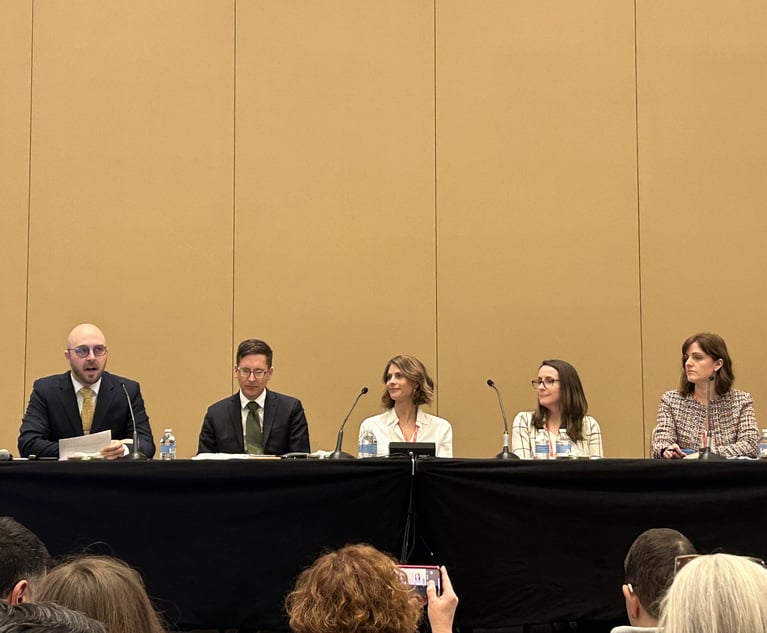This article appeared in Cybersecurity Law & Strategy, an ALM publication for privacy and security professionals, Chief Information Security Officers, Chief Information Officers, Chief Technology Officers, Corporate Counsel, Internet and Tech Practitioners, In-House Counsel. Visit the website to learn more.
Since the passage of UETA and ESIGN in 1999/2000, I have been fascinated as to exactly how the legal terminology of these and other “digital security” statutes equates to actual cryptographic methods. When someone writes a piece of software that “meets and/or exceeds these requirements,” and are “warranted for compliance” under these acts, how do contracting officers, lawyers, judges and everyone involved understand? It isn’t quite like a set of map directions: it’s difficult to draw a straight line from act to software function. As the digital landscape continues to grow and expand in scope, how does the legal profession keep up?







